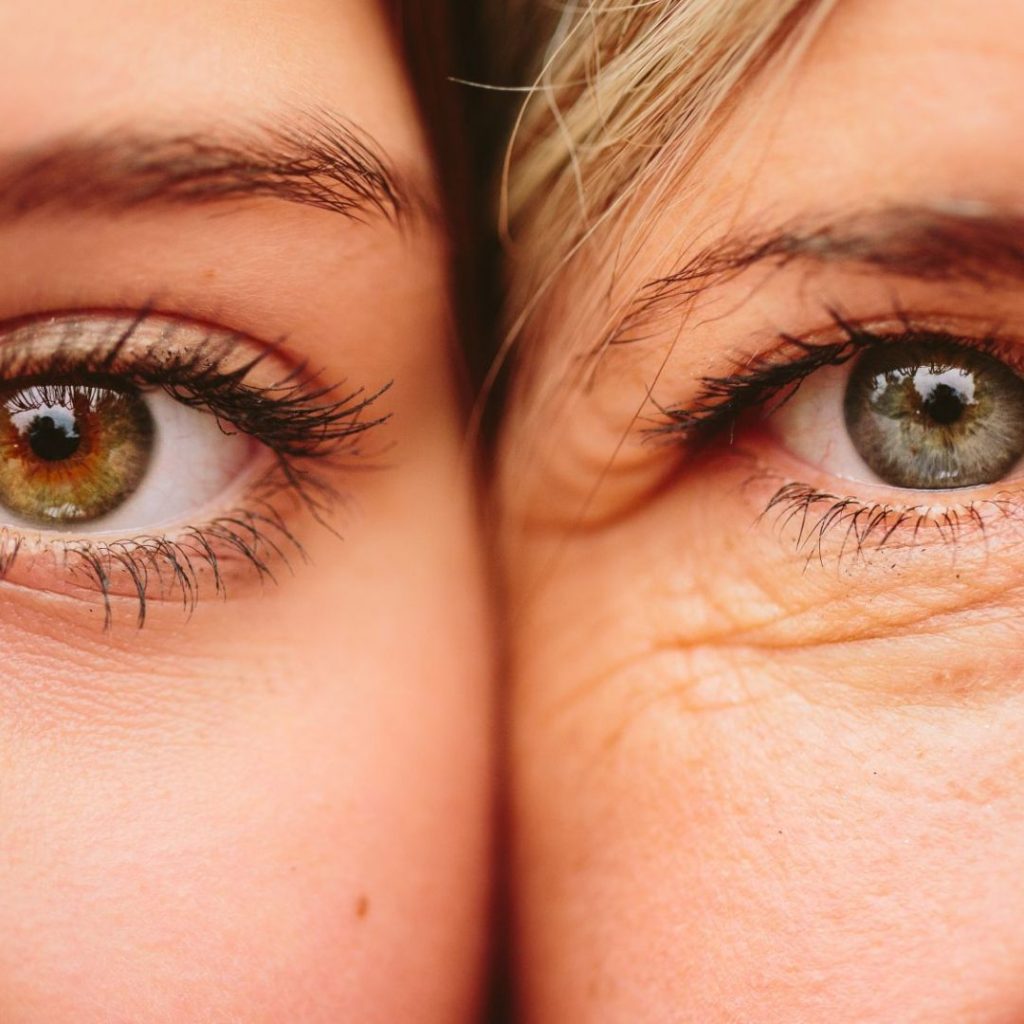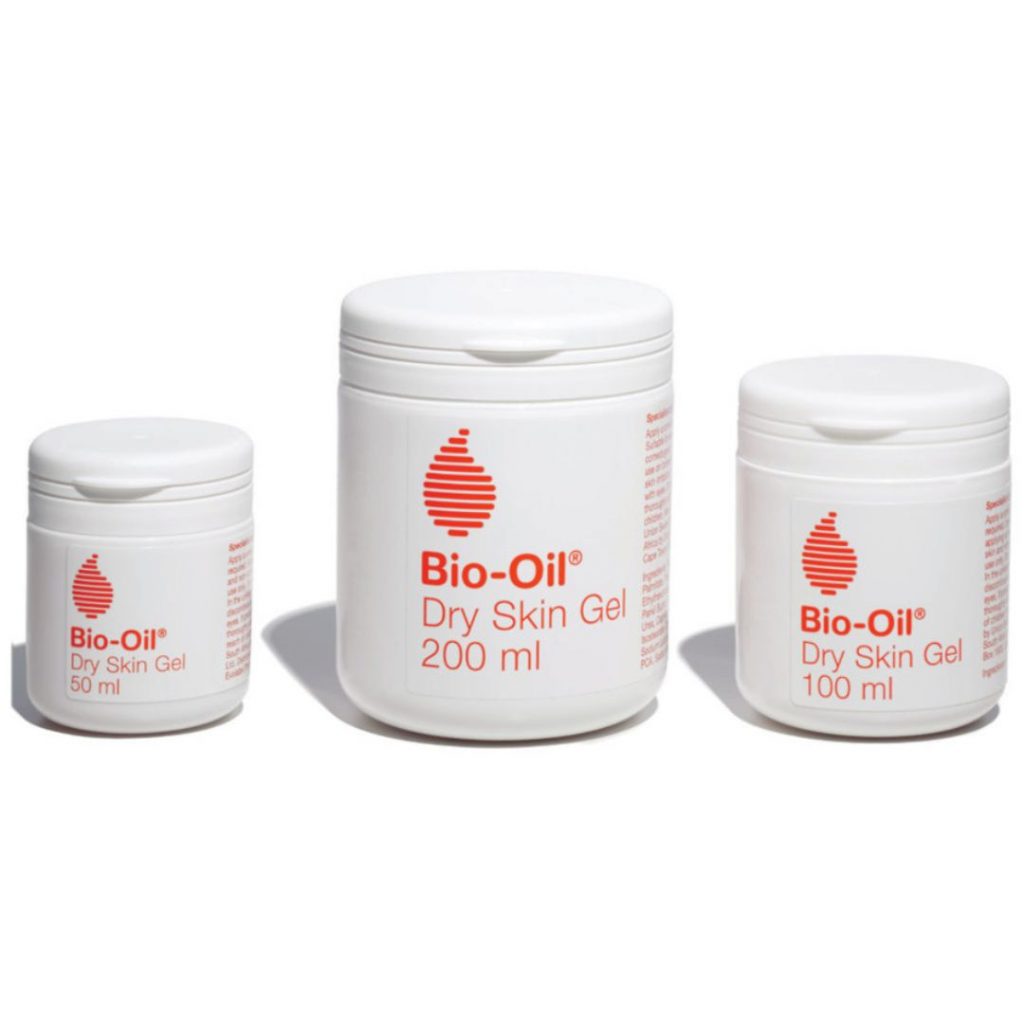The general cause of itchy, dry skin might seem like a no-brainer: It’s a lack of moisture. But where does that lack of moisture come from?

Normally, the top layer of skin is made up of dead cells and natural oils, which help trap moisture to keep the skin soft and smooth, but if there’s not enough water in this top layer of cells, which can happen if the protective oils are diminished, dry skin could result.
Much of the skin’s moisture comes from within, rises through the skin, and escapes into the outside air, the lipid bilayer controls how much moisture escapes and how much moisture is held in the skin. Our skin also contains natural oils that attract and binds moisture in its immediate environment, holding moisture in the skin. But when these natural methods of locking in moisture are compromised by external and internal factors is when you get dehydrated skin.
A few external causes of dry skin would be:
1) When outdoor temperatures fall in dry climates and the air holds less moisture, moisture can be drawn from inside the skin, through the lipid bilayer, and into the dry outside air.

2) Air conditioners and heaters draw moisture out of the air, creating an artificially dry climate that draws moisture out of the skin having a drying effect.


3) Everyday washing or a job that requires you to frequently put your hands in water throughout the day and exposure to harsh detergents can strip your skin of its protective layer. Hairdressers, nurses, housekeepers, construction workers, cooks, florists, and metal workers give some extra TLC to those hands of yours.
And some internal causes would be:

1) With age, our skin produces less sebum meaning fewer lipids, an oil that keeps skin soft and youthful. By your 40s, the amount of sebum your body makes drops dramatically, causing the lipid bilayer to thin. After 40, the amount of sebum your skin contains continues to drop.
2) Take it up with your mom and dad, genetics can play a role in the development of dry skin due to naturally occurring lower levels of ceramides in the lipid bilayer. This results in reduced occlusivity of the skin barrier, contributing to excessive moisture loss.

While there are primarily two ways to treat dry skin, applying oil, butter, or wax – to the surface of the skin is the most common and superior one. There are billions of dry skin sufferers across the globe, many of whom use dry skin products like oil, creams, lotions, and body butter. However, dry skin continues to be the biggest unmet need in skincare and so it must be assumed that dry skin products are not meeting the needs of dry skin sufferers.

But then, a landmark in new dry skin treatment as Prof. Dr. Anthony Rawlings – skin moisturization expert said was introduced as bio-oil dry skin gel.






